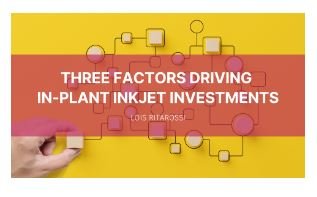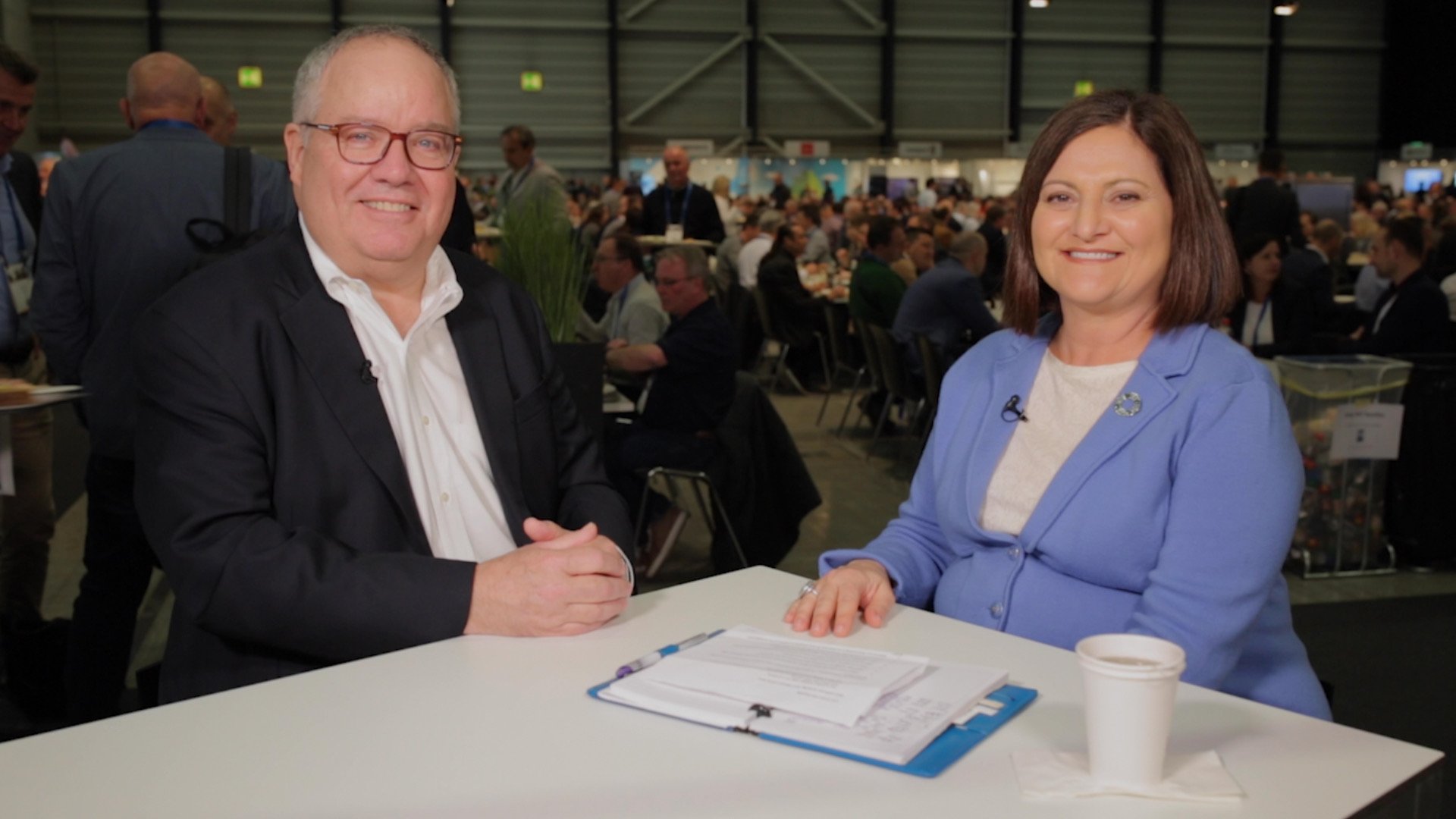Leveraging Cost Efficiency and Automation in In-Plant Consolidation
Technology innovations are impacting every facet of the healthcare industry. That means in-plant operations must evolve to continue to provide value to their organizations. Recently, I spoke with Delvecchio Shankle, Director of Operations at Christus Health about their recent transformation and continuing inkjet journey.
Over a period of seven months, Shankle’s team has successfully consolidated from five in-plant operations down to two sites and moved one operation to a new facility. His print-mail operation serves the communication needs of 29,000 Christus employees providing healthcare across 600 patient care facilities in the US, as well as patient care facilities in Mexico, Columbia, and Chile.
Inkjet cutsheet vs. continuous feed – what’s the application mix?
Many print operations are considering new inkjet investments to realize their strategic goals. There are many cutsheet and continuous feed production inkjet options to choose from, with more product announcements expected before the drupa trade show.
Three factors driving in-plant inkjet investments
Smaller in-plant operations are evaluating and installing production inkjet presses. In-plants in the manufacturing sector are migrating to inkjet to address a trifecta of challenges: labor resources, workflow automation, and printing costs.
Labor and training
Much has been reported about the ongoing labor challenges in many vertical markets and the printing industry in particular. In-plant operations across the U.S. are devising new strategies to address the convergence of:
Aging workers retiring, lack of skilled workers to run offset and finishing equipment, younger workers preferring to work with technology, and needing to onboard and train new employees without printing experience.
Workflow Optimization and Partnerships Driving Inkjet Investments
At the Hunkeler Innovationdays conference back in March, I spoke with several print service providers who shared their goals for growing and evolving their print and mail businesses. They also talked about challenges in production and how they are approaching new investments. The conversations brought to light three themes driving investments: innovation, workflow optimization and partnership.
Shopping for Inkjet at Hunkeler Innovation Days
Production print providers across industry segments gathered at the Hunkeler Innovation Days (HID) Conference in Switzerland. Attendees were there to make decisions about new investments in print, workflow and finishing. While predominantly a European show, US attendance also increased over 2019.
Multi-faceted decision criteria drives inkjet and offset investments
With significant growth in 2022, Ontario based book printer Maracle, began their journey to upgrade print capabilities. Their sales grew by 30% and they were unable to accept all the work their clients wanted to print in the 2nd half of the year. Under the new leadership of Alec Couckuyt, they embarked on a solution to replace one of their three digital presses, an older HP Indigo. Who is Maracle?
Maracle is a midsized, privately owned, commercial printer serving Canadian and US customers, running a 2-shift operation
Why Build vs. Buy May Be a Risky Decision
As organizations look to streamline their print and mail operations, many are reevaluating software platforms and workflow solutions for their operation. The decision criteria to evaluate software solutions has shifted in response to many changes in the last two years. Technical resources are stretched thin – with staffing shortages and increased workloads to maintain security patches on servers and platforms.
Inkjet Makes Staffing Easier
I recently spoke with senior managers at three distinctly different print operations to get their perspective on staffing and the changes they have made to fill open positions and grow their business. I talked with: Dairyland Power Cooperative, Kennickell Group in Savanah, and SPC a direct mail company in the Midwest.












